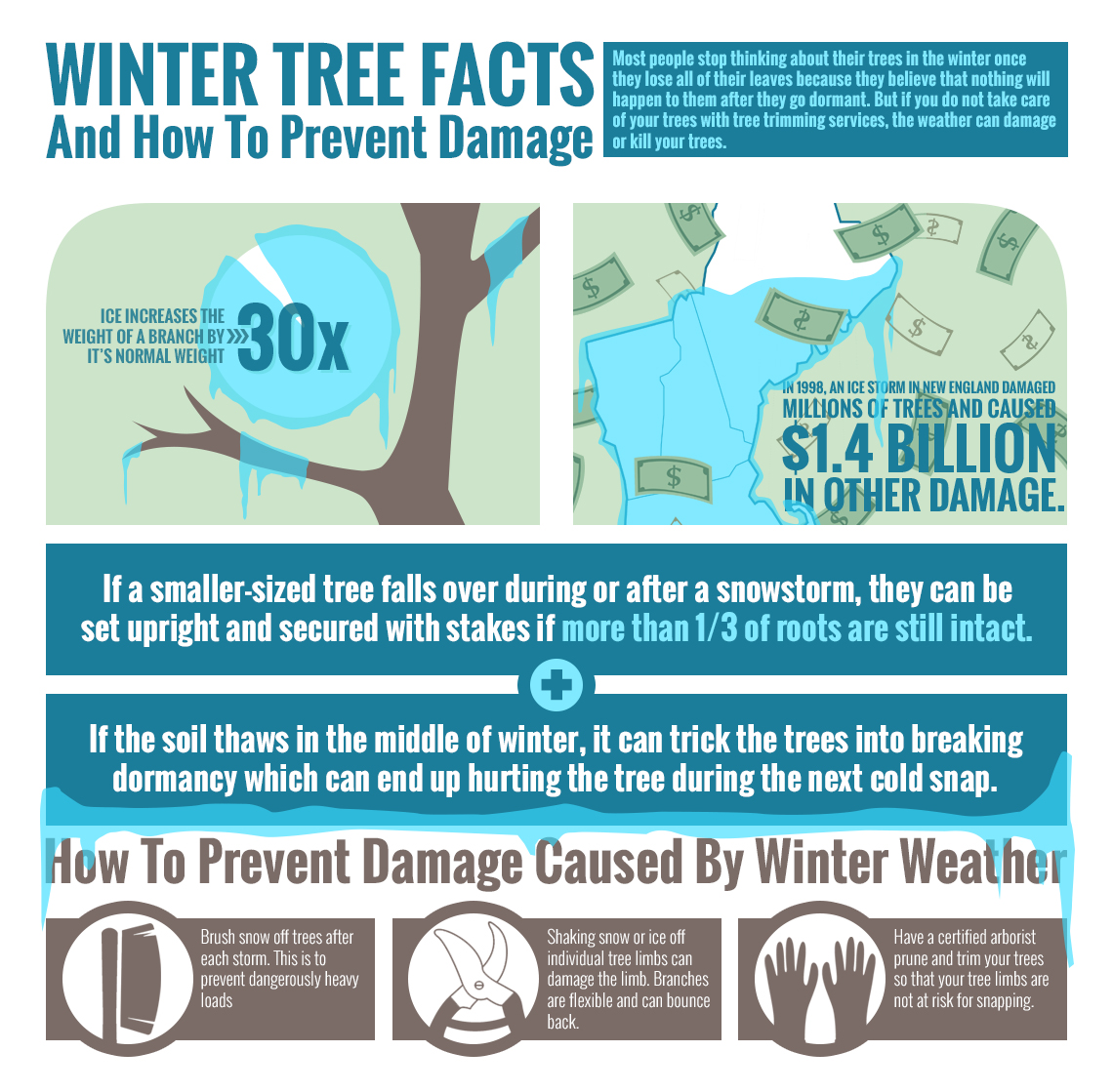Following Tree Removal, It Is Vital To Take Care Of Your Landscape To Guarantee Its Restoration; Discover The Vital Steps To Renew Your Area And Protect Against Future Troubles
Following Tree Removal, It Is Vital To Take Care Of Your Landscape To Guarantee Its Restoration; Discover The Vital Steps To Renew Your Area And Protect Against Future Troubles
Blog Article
Material Develop By-Tate Mejia
After a tree's elimination, your landscape might look quite different, and it's vital to examine the results thoroughly. You'll wish to examine the soil disturbance and examine bordering plants for any kind of signs of stress and anxiety. Disregarding these variables can result in larger issues down the line. So, what should you do with those stumps and roots? And exactly how do you select the most effective plants for your rejuvenated area? Allow's check out these crucial steps.
Examining the Consequences: Assessing Your Landscape
After a tree removal, it's vital to examine your landscape to understand the influence it has on your yard.
Begin by analyzing the location where the tree stood. Look for indicators of dirt disruption, and inspect the surrounding plants for any anxiety or damages.
You should additionally make note of exactly how the removal has altered sunshine exposure and air flow in your garden. This shift can impact the growth of neighboring plants, so it's important to evaluate their health and wellness.
Consider the visual facets as well; the removal might develop an open space that you can redesign.
Ultimately, think of any prospective disintegration problems that may arise from the tree's lack. Dealing with these variables early will assist restore equilibrium to your landscape.
Handling Stumps and Origins: Choices for Removal
As soon as you've evaluated the aftermath of the tree elimination, you'll likely require to tackle the stump and origins left behind.
You have a couple of alternatives for removal. One effective approach is stump grinding, where a specialist uses a device to grind the stump down to below ground level. This method leaves minimal interruption to your landscape.
If you prefer a DIY technique, you can make use of a mix of excavating and chemical stump removers. Simply remember, this process can take some time and initiative.
Conversely, consider leaving the stump as an all-natural function, which can work as an unique garden component or habitat for wild animals.
Whatever you select, dealing with the stump and roots is necessary for recovering your landscape.
Selecting the Right Plant Kingdoms for Your New Room
As you analyze your newly cleared room, picking the right plants can dramatically boost your landscape's beauty and performance.
Start by taking into consideration the sunshine and soil conditions. For How To Trim A Money Tree , go with drought-resistant plants like lavender or succulents. In shaded places, ferns and hostas thrive well.
Think of the dimension and growth routines of your plants; mix perennials and annuals for seasonal variety. Do not fail to remember to integrate indigenous varieties; they require less upkeep and support regional wild animals.
Group plants in strange numbers for a more natural appearance and develop layers for visual depth.
Lastly, ensure you have a mix of shades and textures to keep your landscape vivid throughout the periods.
Happy planting!
Conclusion
To conclude, recovering your landscape after tree elimination is a rewarding procedure. By assessing Anytime Tree Removal , attending to stumps and origins, and choosing the right plants, you'll create a growing environment. Do not forget to include erosion control procedures to secure your dirt. With a little effort and care, you can change your area into a dynamic yard that boosts your property. Accept the possibility to rejuvenate your landscape and take pleasure in the beauty of nature right in your yard!
